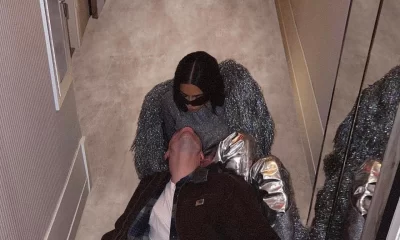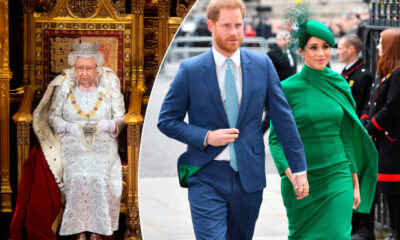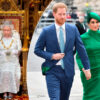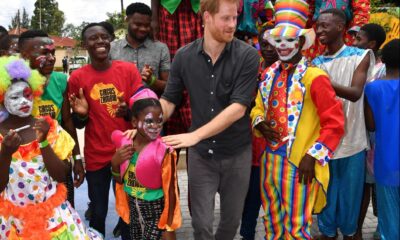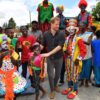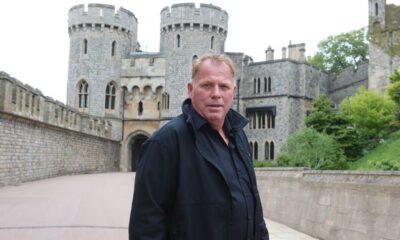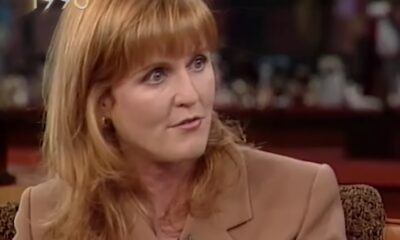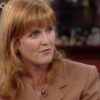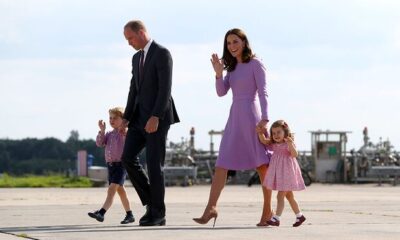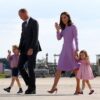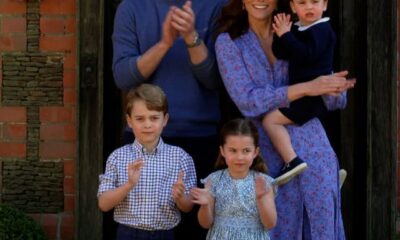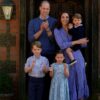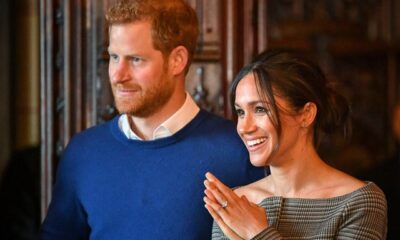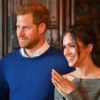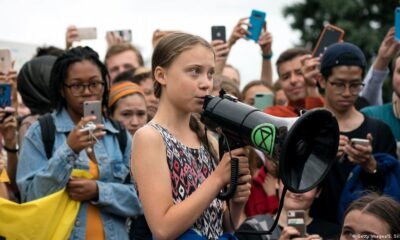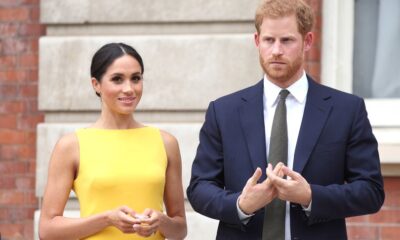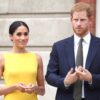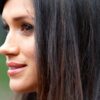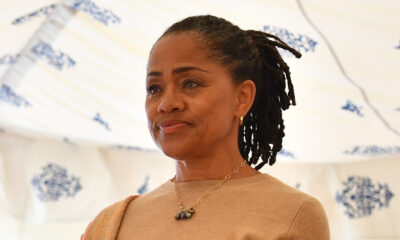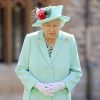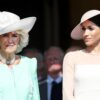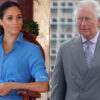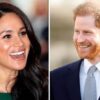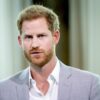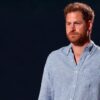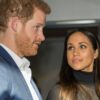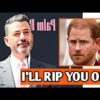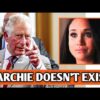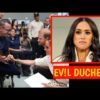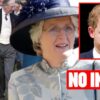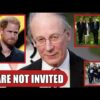Updates
Amazon’s Jeff Bezos Will Go to Space in Blue Origin flight
Jeff Bezos, the founder of Amazon.com and Blue Origin, will take part in the New Shepard suborbital vehicle’s first crewed flight, the billionaire revealed on Instagram on June 7.
Mr. Bezos said in the post that space travel was something he had wanted to accomplish “all my life.”
“Ever since I was five years old, I’ve dreamed of traveling to space. On July 20th, I will take that journey with my brother. The greatest adventure, with my best friend.”
In the video, Mr. Bezos’ brother Mark described it as a “remarkable opportunity.”
Jeff Bezos can have anything he wants. He could fly around the world in a private aircraft or sail around the world in a fleet of megayachts indefinitely. He could purchase the whole NFL, an island for his family and friends, and over 65,000 Bugatti Chirons (base price $2.9 million), despite the fact that only 500 are being produced. As the world’s wealthiest individual, your options are limitless.
Trending:
- Meghan Markle Steals the Spotlight Again: A Royal Engagement Gone Awry
- “Harry and Meghan’s Tense Moment: A Marriage Under Scrutiny”
- Tension Unveiled: Frances Marquez’s Discontent with Meghan Markle in Colombia
- Elton John’s Scathing Remarks Leave Meghan Markle in Tears at Music Awards
- Meghan Markle’s On-Set Outburst: A Diva in Disguise?
According to Forbes magazine, he is worth $186.2 billion (£131.5 billion).
The flight will take place on July 20, the 52nd anniversary of the Apollo 11 moon landing. Blue Origin’s West Texas facility will launch the New Shepard capsule, which is autonomous and does not need a pilot. The flight is expected to last around 11 minutes.
When Mr. Bezos revealed his intention to fly, bidding for a seat on the Blue Origin spacecraft, the New Shepard, had reached $2.8 million. The auction will end on June 12th.
The firm is auctioning off the third slot, which has already attracted almost 6,000 bidders from 143 countries.
When most people hear about spaceflight, they imagine an astronaut floating in space for at least a few days orbiting the Earth.
That will not be the case for the Bezos brothers and their fellow travelers.
They’ll be traveling up and back down in less time than most people take to go to work.
Suborbital flights are not the same as the orbital trips that most of us envision when we think about spaceflight. The New Shepard missions by Blue Origin will be short, up-and-down excursions that will take them more than 62 miles above Earth, which is generally regarded to be the boundary of space.
Orbital rockets must provide enough thrust to reach a speed of at least 17,000 miles per hour, or orbital velocity, which allows a spacecraft to continue spinning around the Earth rather than being pulled back down by gravity.
Suborbital flight requires much less power and speed. That implies the rocket will fire for less time, the exterior of the spaceship will be scorched less, there will be less force and compression tearing at the spacecraft, and there will be less chances for anything to go horribly wrong.
New Shepard’s suborbital flights reach speeds of about three times the speed of sound — approximately 2,300 miles per hour — and fly straight up until the rocket’s fuel runs out. At the top of the trajectory, the crew capsule will detach from the rocket and briefly continue higher before nearly hovering at the top of its flight path, offering the passengers a few minutes of weightlessness. It operates like an extended version of the weightlessness you get when you reach the top of a roller coaster hill, right before gravity slams your cart — or, in Bezos’ case, his space capsule – back down to earth.
Before hitting the earth, the New Shepard spacecraft releases a huge cloud of parachutes to slow its fall to less than 20 miles per hour.
The rocket, which is still flying, re-ignites its engines and utilizes its on-board computers to land perfectly straight. The booster landing resembles what SpaceX performs with their Falcon 9 rockets, but the Falcon 9 rockets are much more powerful and, yes, more prone to explode on contact than New Shepard.
The New Shepard vehicle has a seating capacity of six people.
Virgin Galactic, Blue Origin’s primary rival in suborbital tourism flights, is likewise getting close to flying its first paying client. The VSS Unity space aircraft, which is piloted, has flown many times, including once with the company’s top astronaut as a passenger.
Virgin Galactic has just sold seats for $250,000, and a corporate report from May said that a commercial trip may be launched as early as next year.


